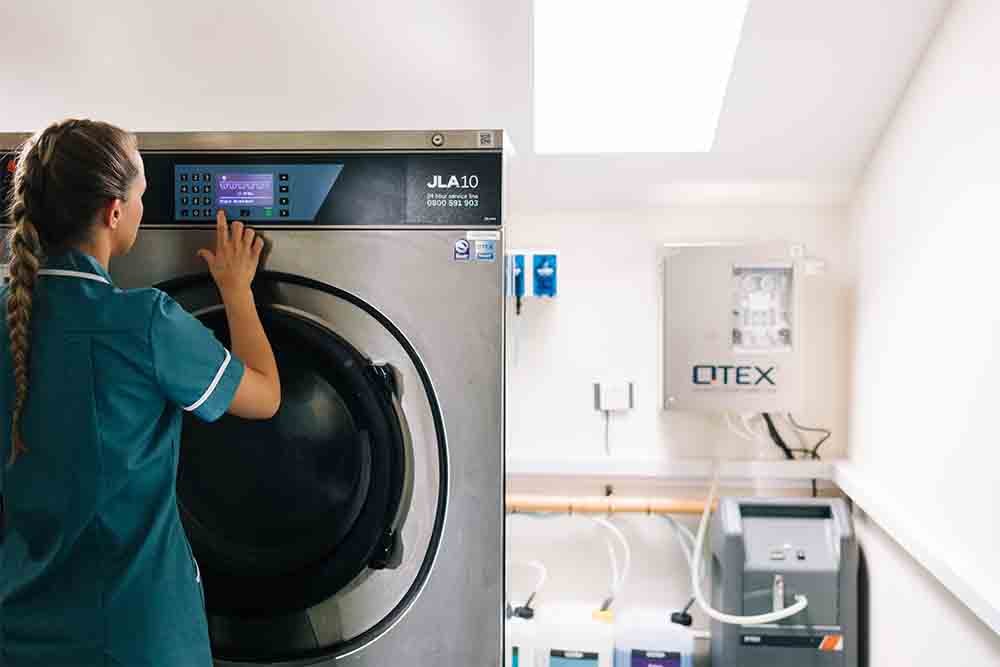While the focus is rightly on Coronavirus crisis at the moment, infection control in the animal kingsdom remains of paramount importance. Here, we look at what can be done in the equestrian world to combat one of the biggest threats to stables when it comes to a potentially deadly virus – Horse Flu.
Equine flu is a highly infectious disease that affects horses, mules and donkeys globally, caused by strains of the influenza A virus. It is the most potentially damaging of the respiratory viruses that occur in UK horses and disease symptoms in non-immune animals include high fever, coughing and nasal discharge. Stable owners across the country are on high alert to ensure their horses’ welfare is looked after and will be doing whatever possible to prevent an outbreak happening to their animals.
Cleaning equine bedding & equipment
In their ‘Hands On Against Disease’ guide, World Horse Welfare (WHW) cites contaminated bedding and equipment such as rugs and clothing as potential carriers of the Equine Flu bug – so it’s vital that your laundry can thoroughly disinfect these and other items in your stables every day. In addition to vaccine advice from the British Equestrian Foundation, WHW also advise owners to… “…maintain good personal hygiene, avoid sharing equipment between horses, clean housing and equipment regularly and thoroughly disinfect between horses.”Ozone Laundry Disinfection
The OTEX ozone washer system – primarily used in care and hospital laundries – is a powerful disinfectant that eliminates 99.999% of harmful micro-organisms during a cool wash cycle all whilst saving money on utility bills. As the experts in laundry solutions, JLA developed its ground-breaking OTEX ozone system in 2004, in recognition of the need for thorough and reliable disinfection of laundry in many sectors including care homes, hotels and stables. Ozone laundry disinfection can help you…- Prevent illness or even death of horses
- Avoid unnecessary vet bills
- Guard against human disease
- Keep your yard running smoothly
- Maintain performance and life of your horses
Similar blogs you may like
Loading...
The benefits of cleaner air for classrooms
Following recent news that multi-million-pound investment will flow into hundreds of London schools to help reduce pollutants and improve classroom air quality, a new generation of filtration technology has come into focus. These systems give schools a practical, proven way to enhance comfort and pupil concentration, and bolster infection control.
Care home laundry regulations UK: compliance, hygiene & efficiency solutions
The task of keeping abreast of current laundry compliance best practices is a huge challenge. That’s why we’re here to lighten the load with a round-up of up-to-date care home laundry regulations from across the UK’s key governing bodies.


